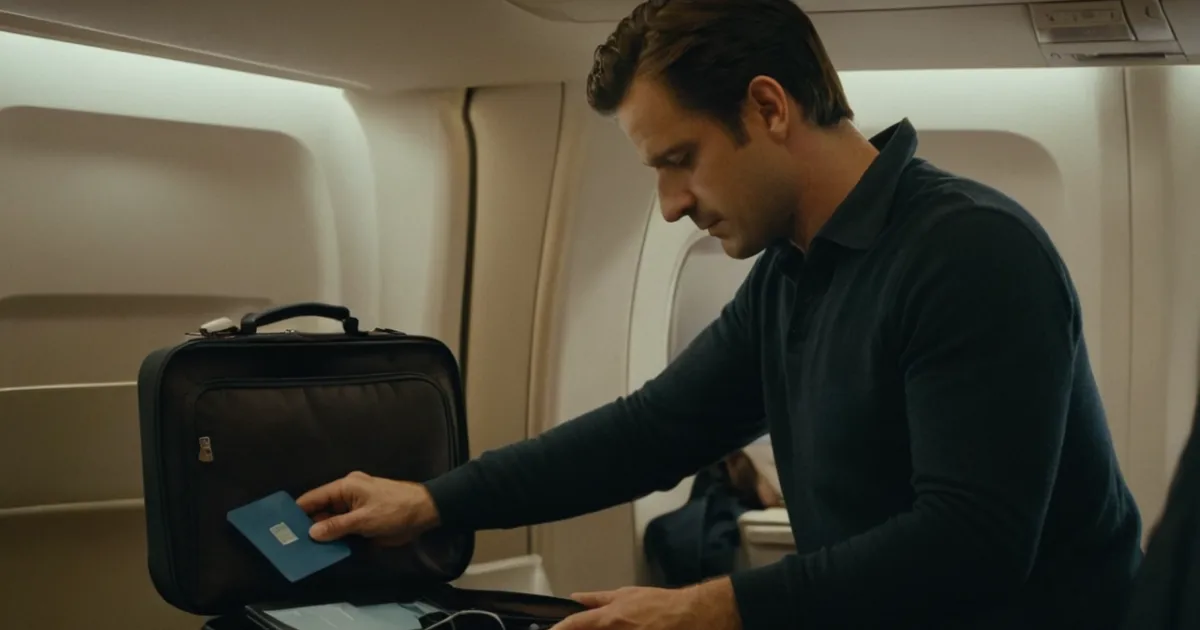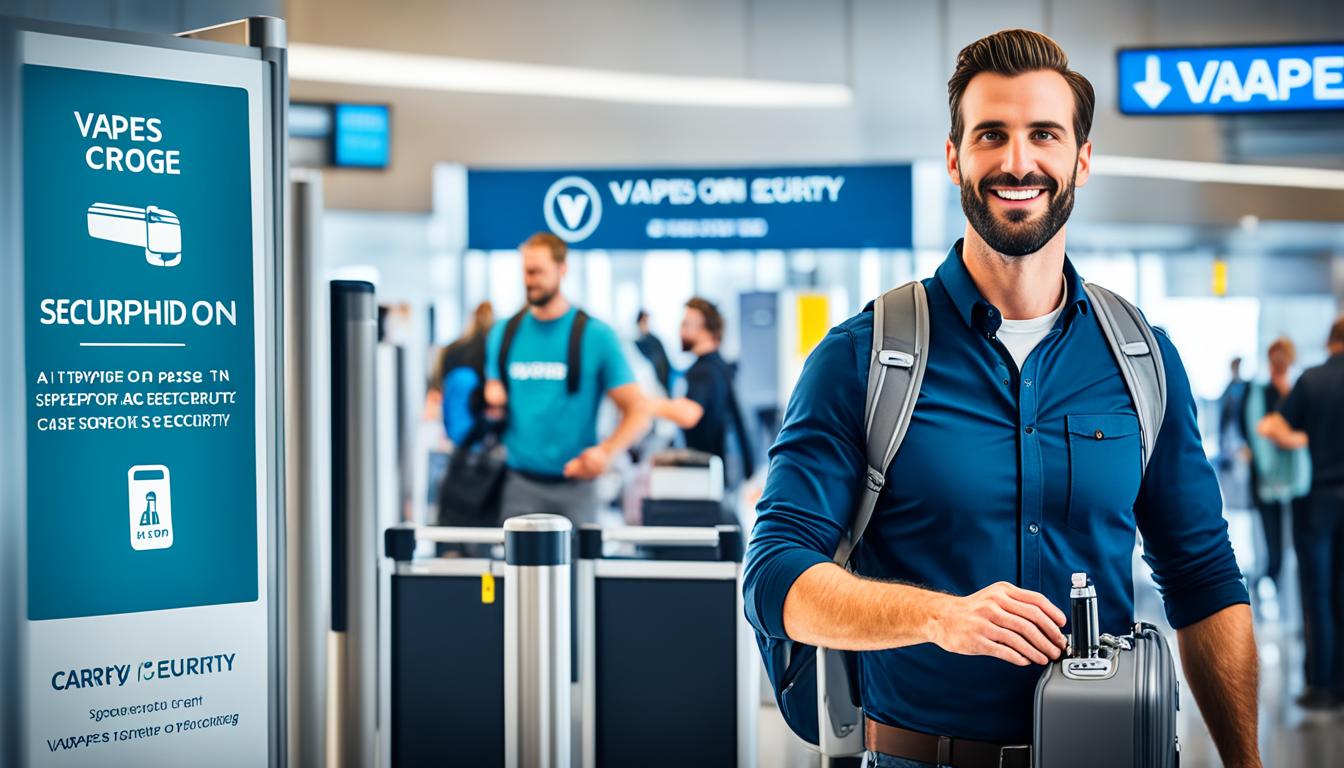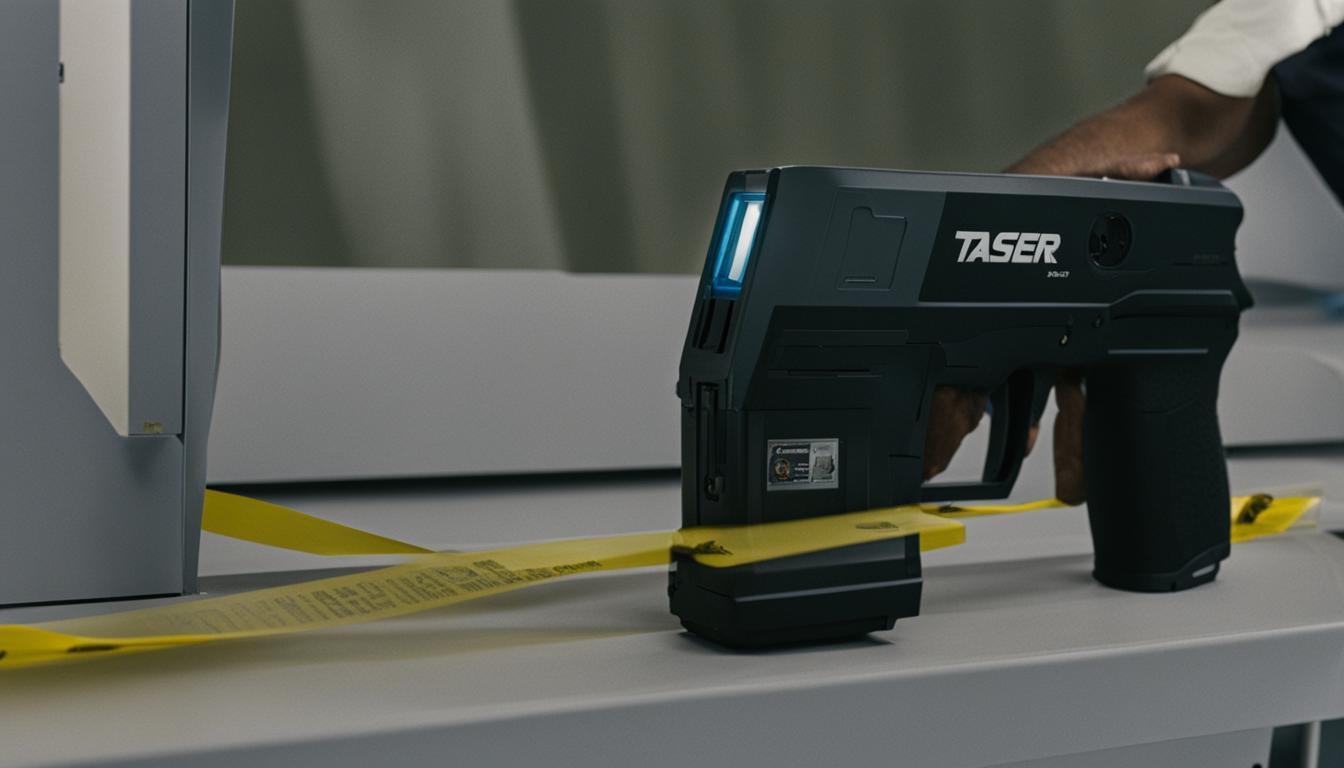
Are laptops allowed in carry-on baggage? It’s a question that many travelers find themselves pondering. Well, my friend, you’ve come to the right place because we’re about to dive into the exciting world of laptop regulations. Buckle up and get ready for some valuable information!
When it comes to traveling, it’s essential to know what you can and can’t bring on board. And laptops, my dear reader, are certainly a hot topic in this realm. So, let’s get straight to the point: Are laptops allowed in your carry-on baggage? The answer is a resounding YES!
Are Laptops Allowed in Carry-on Baggage? (Know the Rules and Regulations)
Wondering if laptops are allowed in your carry-on baggage? Good news! Most airlines allow laptops in carry-on bags means Yes, laptops are generally allowed in carry-on baggage. However, there are a few guidelines to follow. Make sure your laptop is easily accessible for security screening, remove it from your bag and place it in a separate tray.
Also, be aware of any specific size or weight restrictions set by your airline. By following these guidelines, you can bring your laptop on board and stay connected while traveling.
Overview of Carry-on Baggage Policies
Before discussing laptops specifically, it’s important to have a general knowing of carry-on baggage policies. Each airline has its own rules and regulations, so it’s crucial to check with your specific airline before traveling.
However, there are some common guidelines that apply to most airlines. Typically, passengers are allowed one carry-on bag with dimensions not exceeding a certain limit (such as 22 inches x 14 inches x 9 inches) and a personal item like a purse, laptop bag, or small backpack.
These personal items must fit under the seat in front of you.
Dos and Don’ts of Carrying Laptops on Flights
Do: Pack Your Laptop Properly
When traveling with a laptop, proper packing is essential for its safety and security. Invest in a high-quality laptop bag or sleeve that provides adequate protection. Ensure that the bag or sleeve is well-padded to cushion against any impact or jostling during the journey.
It’s also a good idea to have a bag with multiple compartments to keep all your laptop accessories organized. Additionally, consider using a bag with a dedicated laptop compartment to ensure easy access during security screenings.
Another important aspect of packing your laptop is to secure any loose cables or cords. Use cable organizers or clips to keep them neatly tucked away. This not only prevents tangles and damage but also makes it easier for security officers to inspect your laptop without any hindrance.
Properly packing your laptop and its accessories will not only keep them safe but also streamline the security screening process.
Don’t: Leave Your Laptop Unattended
While this may seem like common sense, it’s worth reiterating the importance of never leaving your laptop unattended during your journey. Whether it’s in the airport lounge, the airplane cabin, or any other public area, always keep an eye on your laptop or store it securely.
Laptops are valuable items, and leaving them unattended can make them an easy target for theft. Ensure that you always have your laptop within your line of sight or store it securely in your carry-on bag when not in use. Taking these precautions will minimize the risk of losing your laptop or any valuable data stored on it.
Do: Back Up Your Data
Prior to traveling, it’s wise to back up all your important data stored on your laptop. This includes documents, photos, videos, and any other files you may need during your trip. In the unfortunate event of your laptop being lost, stolen, or damaged, having a recent backup will prevent major data loss.
Use an external hard drive, cloud storage solutions, or any other backup method that suits your preferences and needs. By backing up your data, you can ensure that even if your laptop is compromised, your valuable files remain safe and accessible.
Don’t: Forget About Security Precautions
While laptops are allowed in carry-on baggage, it’s important to be aware of certain security precautions. Keep in mind that laptops are subject to x-ray screening during airport security checks.
Have your laptop and its accessories easily accessible, as you may be required to remove them from your bag for separate screening. Coordinating with security officers and following their instructions will help expedite the process and reduce any delays or inconveniences.
Additionally, ensure that your laptop is password-protected with strong encryption to safeguard your data from unauthorized access.
Do: Consider TSA PreCheck or Global Entry
If you frequently travel with your laptop, it may be worth considering TSA PreCheck or Global Entry. These programs, offered by the Transportation Security Administration (TSA), provide expedited screening for low-risk travelers.
With TSA PreCheck or Global Entry, you can keep your laptop and other permitted items in your bag during security screening, saving time and reducing the hassle. These programs require a background check and enrollment, but the benefits make it worthwhile for frequent travelers.
Don’t: Ignore Airline-Specific Regulations
While there are general guidelines for carrying laptops in carry-on baggage, it’s essential to be aware of any airline-specific regulations. Different airlines may have their own restrictions or requirements regarding laptops.
Some airlines may limit the number of laptops allowed per passenger, while others may have specific regulations for connecting flights or international travel. It’s always wise to check your specific airline’s website or contact their customer service for detailed information regarding laptops in carry-on baggage.
Impact of Electronics in Carry-on Baggage
Increased Security Measures
With the advancement of technology, electronic devices have become an integral part of our everyday lives. This has led to increased security concerns, particularly in air travel. In response, aviation security measures have been strengthened to ensure the safety of passengers and their belongings.
Security screenings for laptops and other electronic devices have become more thorough and rigorous over the years.
This may involve removing your laptop from its case, scanning it separately, or even conducting additional checks on the device. These measures are in place to detect any potential threats or prohibited items concealed within electronic devices.
Role of Lithium-ion Batteries
One of the main reasons for the strict regulations surrounding laptops and other electronic devices in carry-on baggage is the presence of lithium-ion batteries. While these batteries are commonly used in laptops due to their high energy density, they also pose a fire risk if not handled properly. Lithium-ion batteries have been known to cause fires or explosions, albeit very rarely.
To mitigate this risk, international aviation regulatory bodies, such as the International Civil Aviation Organization (ICAO) and the International Air Transport Association (IATA), have established specific guidelines for the transport of lithium-ion batteries on aircraft.
It’s crucial for passengers to adhere to these rules to ensure the safety of their fellow travelers and the aircraft.
Technological Advancements and Future Developments
As technology continues to evolve, it’s likely that aviation security measures and regulations will also undergo further changes. Advances in screening technology may lead to more efficient and less invasive security checks for laptops and other electronic devices.
Additionally, improvements in battery technology may reduce the risks associated with lithium-ion batteries, further enhancing the safety of carrying laptops in carry-on baggage.
Staying up to date with the latest developments, regulations, and recommendations from regulatory bodies and airlines will help ensure a seamless travel experience with your laptop.
Frequently Asked Questions
When it comes to traveling with laptops, many people wonder if they are allowed in carry-on baggage. To address your concerns, here are some common questions and answers about this topic.
Can I bring my laptop in my carry-on bag?
Yes, you can bring your laptop in your carry-on bag. The Transportation Security Administration (TSA) allows laptops to be carried on board planes. However, they must go through the security screening process separately.
When going through the security checkpoint, you will be required to remove your laptop from its bag and place it in a separate bin. This allows the TSA officers to get a clear image of the laptop and ensures the safety of all passengers.
Will my laptop be safe in my carry-on bag?
While the airlines and TSA take precautions to ensure the safety of your belongings, it’s always a good idea to take some extra measures to protect your laptop. You can use a padded laptop sleeve or a dedicated laptop bag to provide additional cushioning and protection.
It’s also important to secure your laptop with a strong password or encryption. This helps safeguard your personal information and prevents unauthorized access to your device in case it gets misplaced or stolen during your travels.
Can I use my laptop during the flight?
Yes, you are generally allowed to use your laptop during the flight, once the aircraft has reached cruising altitude and the “fasten seatbelt” sign has been turned off. However, it’s important to follow the instructions of the flight crew, as there may be certain restrictions or times when electronic devices need to be turned off.
Keep in mind that using your laptop during the flight is subject to individual airline policies, so it’s always a good idea to check with the airline beforehand. Also, be considerate of other passengers and avoid activities that may be disruptive or violate any rules or regulations.
Should I pack my laptop in a specific way in my carry-on bag?
When packing your laptop in your carry-on bag, it’s a good idea to place it in a dedicated laptop compartment or in a well-padded section of your bag. This helps protect it from any potential damage during transit.
You can also use accessories like cable organizers or cord wraps to keep the cables neatly organized and prevent them from getting tangled or damaged. Additionally, consider placing your laptop in a position where it’s easily accessible for security screening, such as in an outer pocket, to speed up the process at the airport.
Are there any size or weight restrictions for laptops in carry-on baggage?
As long as your carry-on bag adheres to the airline’s size and weight restrictions, there are generally no specific size or weight limitations for laptops in carry-on baggage. However, keep in mind that heavier laptops may add extra weight to your bag, so it’s important to consider overall weight limitations.
To ensure a smooth travel experience, it’s a good idea to check with your airline for any specific requirements or restrictions they may have regarding laptops or electronic devices in carry-on baggage.
To recap, when it comes to carrying laptops with you on a plane, here’s what you need to know. Laptops are allowed in carry-on baggage, but they need to be screened separately at the security checkpoint. Make sure to remove your laptop from its case and place it in a bin by itself. Remember to follow any instructions given by the security officers.
Additionally, it’s important to keep your laptop easily accessible during the flight, as you may need to take it out of your bag for additional screening. Lastly, be aware of any specific rules or regulations imposed by the airline you are traveling with. By taking these steps, you can ensure a smooth and hassle-free travel experience with your laptop.






